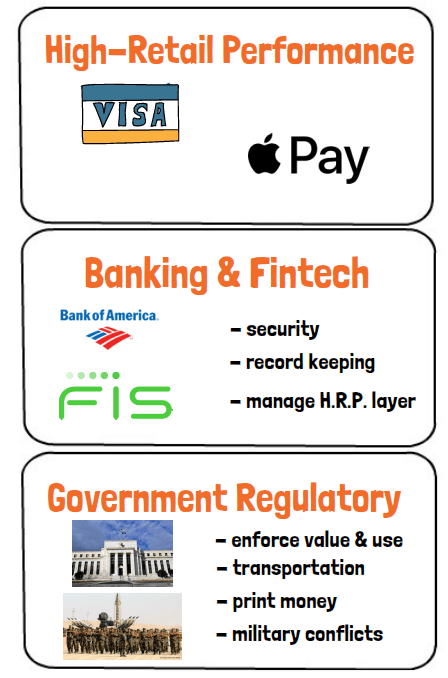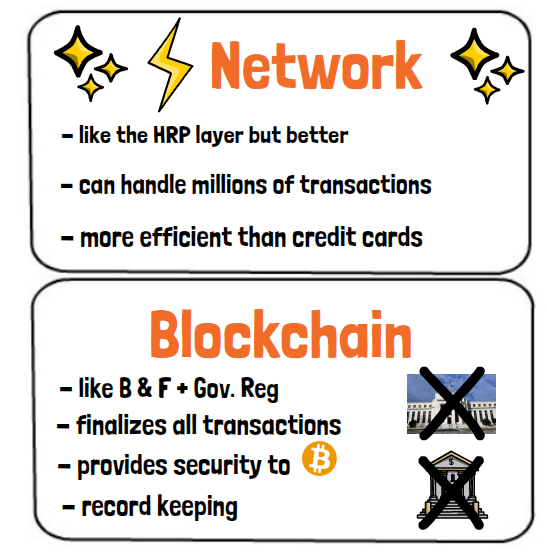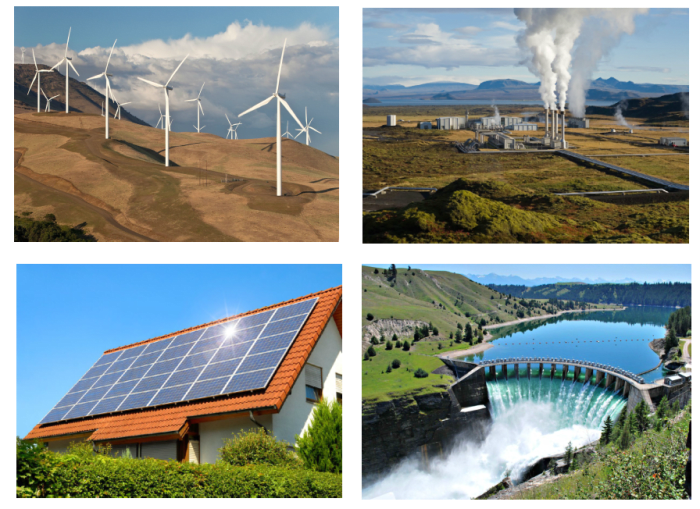Watch The Whiteboard Video Here
In this article, we are going to dive into Bitcoin’s impact on the environment.
Since the rise of Bitcoin, the media has relentlessly attacked it based on its energy consumption. A popular argument comes from The Guardian, “A single bitcoin transaction uses the same amount of power that the average American household consumes in a month.” Columbia University writes, “One study warned that Bitcoin could push global warming beyond 2°C.” And one Newsweek article even says, “Bitcoin mining is on track to consume all of the world’s energy by 2020.”
Considering that we are past 2020 and bitcoin mining has not burned up all of our resources, we have to ask ourselves, what is causing this false narrative about Bitcoin’s energy consumption? At its core, it stems from a misunderstanding of how Bitcoin uses energy and where the energy comes from.
First, let’s debunk the myth that Bitcoin is less efficient than our current financial system. An example of this popular misconception comes from Forbes, “A single bitcoin transaction is equivalent to roughly 750,000 Visa swipes.” The issue with this statement is that it is not measuring the same thing. To see how this is deceptive, let’s dive into this further.
In our current fiat system, there are three layers. The first layer is the “high retail performance” layer, which is incredibly efficient. This layer is where credit card and electronic transactions happen. However, this layer operates above the “banking and fintech” layer, which is less efficient. This second layer is made up of banks and financial technology companies. They provide security to our money, record how much money everyone has and manage the activity in the high retail performance layer. This layer also operates above another layer, the “government regulatory” layer, which is incredibly inefficient. This third layer is made up of government institutions like the Federal Reserve and the military. They enforce the dollar’s value and use, transport the money, print the money, engage in military conflicts to promote the dollar and so much more.
These operations are terribly energy-intensive and when comparing all three layers against Bitcoin, it is clear that Bitcoin is more energy efficient.
Currently, Bitcoin only has two layers: the Lightning Network and the base layer. The Lightning Network is like the “high retail performance” layer of the fiat system, but better. It can handle millions of electronic transactions per second, way more than Visa, cheaply and efficiently. And the blockchain on the base layer is like the last two layers of the fiat system. It finalizes all the transactions that happen on the Lightning Network, provides security to Bitcoin and records how much bitcoin each address has. Because of blockchain’s decentralized nature, Bitcoin does not need a central institution like the government or a bank to manage it.
Since the blockchain doesn’t need a government apparatus, has fewer layers and has the Lightning Network, which is the most efficient payment system in the world? What sounds more efficient? Our current fiat system or Bitcoin?
Let’s address where the energy to mine bitcoin comes from.
The profit margins on bitcoin mining are incredibly slim. Miners can only afford to pay $0.02-$0.05 per kilowatt, so they have to find cheap sources of energy for their machines. These sources tend to be in remote parts of the world, far from major cities, and often use wind, solar, geothermal or hydroelectric energy. These sources produce cheap energy because most of the energy is being wasted. So, when miners set up shop next to these power plants, they are not stealing energy from anyone. Also, as you probably already noticed, most of the energy sources listed are green.
Three-quarters of Bitcoin’s energy use is green, making it one of the most renewable-driven industries. So, bitcoin mining is actually incentivizing the growth of the green energy industry and is helping lower carbon emissions in the long run.
The claims the media spreads about bitcoin and its energy use are taken completely out of context. When you realize how much more efficient Bitcoin’s network is compared to our current financial system, our concerns about its energy use are completely unfounded. The blockchain and the Lightning Network work together to create an amazingly efficient system, and Bitcoin’s use of green energy encourages the growth of the renewables industry. All-in-all, Bitcoin is a net benefit for the environment.
This is a guest post by Siby Suriyan. Opinions expressed are entirely their own and do not necessarily reflect those of BTC Inc. or Bitcoin Magazine.


























Comments (No)